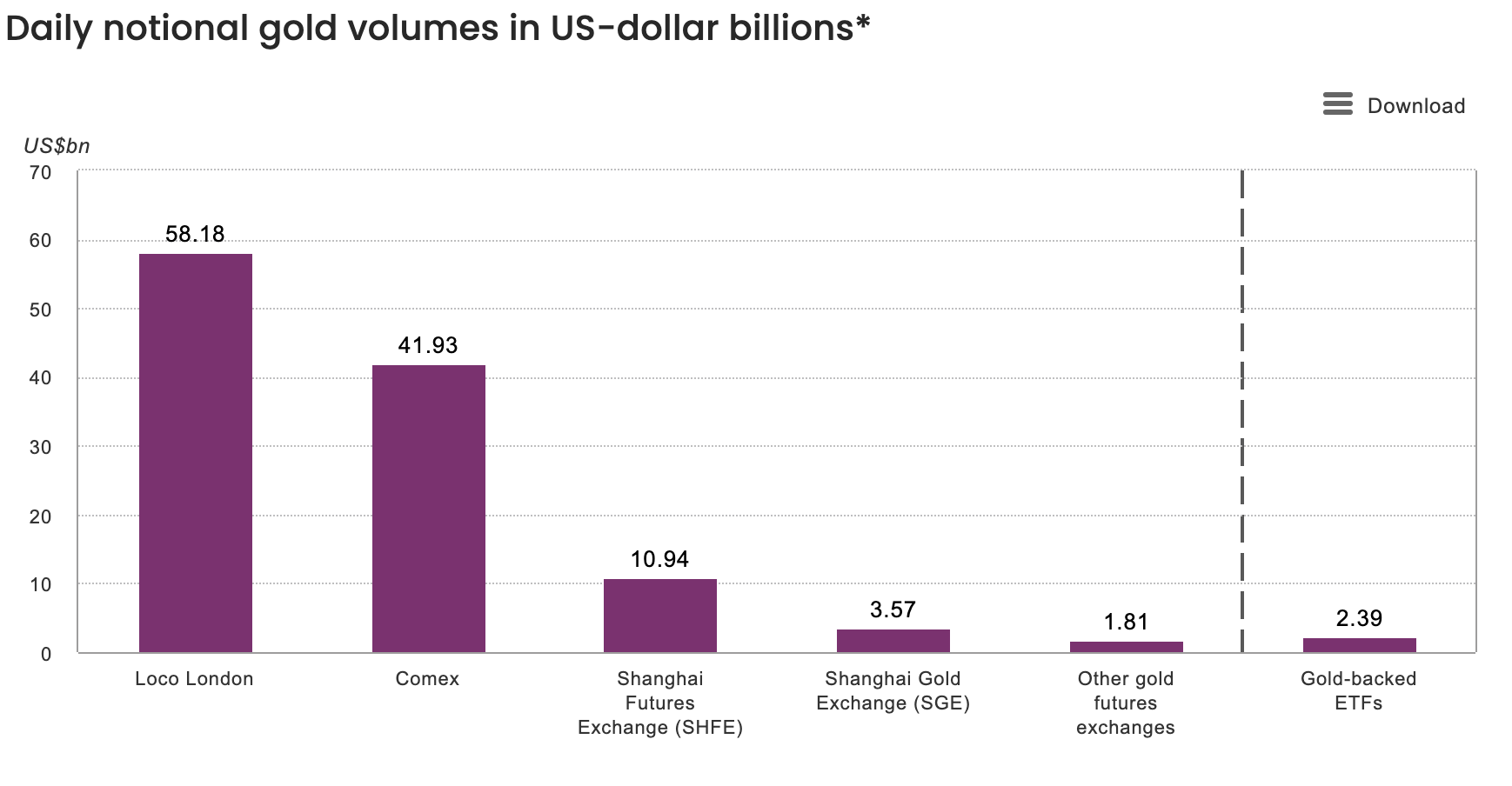Brazil & China to Start Trading in Renminbi, Japan Buys Russian Oil Above Price Caps
Brazil’s international dollar currency reserves lost over $37.5 billion in from 2021 in 2022 due in large part to lower returns amid the US Federal Reserve’s rate hikes and dollar manipulation. While the country’s central bank reported gold holdings are valued at roughly $7.602 billion.
